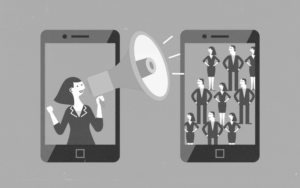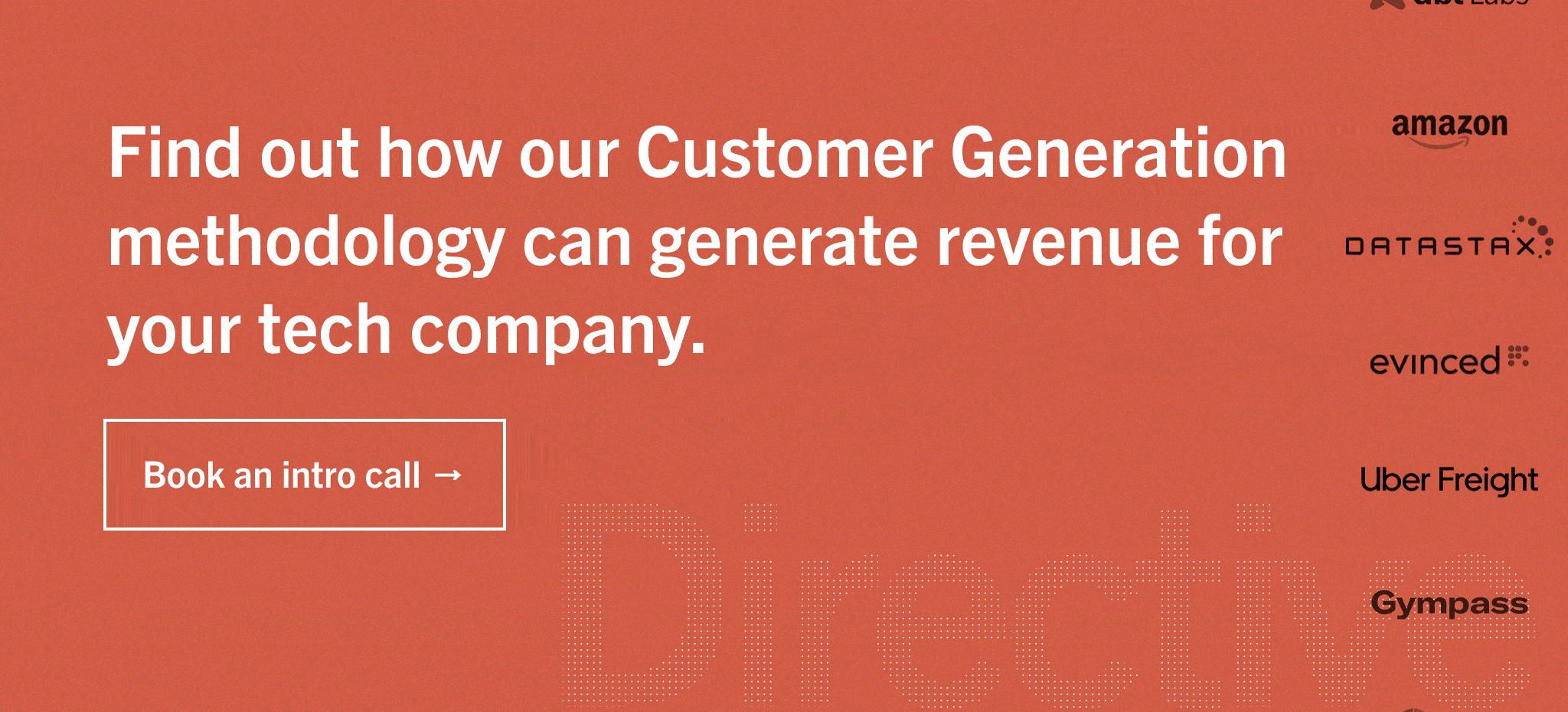What is Viral Marketing?
Viral marketing is a promotional style that relies on the audience to generate and spread the message of a product or service organically. Viral marketing is content that spreads from person to person in the same way that a virus spreads through a population.
In the realm of social media, marketing is deemed “viral” when it rapidly circulates among the general public, beyond the intended target audience, creating a compounding effect.
In other words, the goal of any viral marketing campaign is to create a piece of content that has a high probability of being shared and presented by social media users with high networking potential.
One of the distinguishing features of viral marketing campaigns is that it relies on social channels to distribute the content rather than a paid distribution model. If a piece of content is shared by a popular social media personality or celebrity, it can “go viral”, resulting in thousands or even millions of views, shares, and other types of engagement. The faster and more often a piece of content is shared, the more likely it is to go viral and receive national or international attention.
Viral marketing can manifest in various forms, including email campaigns, videos, web pages, and mobile apps like TikTok.
What Makes Viral Marketing Work?
Social media has significantly increased the power and potential of word-of-mouth and buzz marketing as revenue drivers for the business. In the past, word-of-mouth advertising happened in the context of private conversations between family and friends, and buzz marketing relied on low-velocity communication methods like newspapers to get the word out on any major scale.
Today, word-of-mouth marketing happens through digital marketing channels where users engage with marketing content and share it on their social platforms. A single share on social media can reach hundreds, thousands or even millions of people at the touch of a button. Social sharing is the 21st century version of word-of-mouth, except it can be thousands of times more effective.
As more businesses have realized the huge potential of viral marketing for reaching their target customers, marketers have worked to develop an understanding of what factors contribute to a successful viral marketing campaign. A theory known as the STEPPS model describes six factors that help a message go viral.
Social Currency
If sharing a piece of content makes a user look good to their audience, they will be more likely to share it. Users can derive social currency from their association with your brand or with the content itself or its messaging.
Triggers
Social currency gets people talking about your viral content, triggers keep them talking about it. A trigger is any kind of stimulus that invokes or connects thoughts and ideas together. The concept of triggers explains why sales of Mars candy bars increased while NASA was organizing its mission to Mars. People saw “Mars” in the news every day and were triggered to purchase the candy bars. Viral marketing should connect with and relate to the daily experiences of consumers.
Emotion
Humans are emotional creatures, so emotional messages are the best at getting our attention. Whether it’s a cute cat video or a campaign to support disease research, tugging at the heartstrings of your audience is an important step towards getting them to share your content. Emotion ties back to social currency as content sharers may perceive a social benefit from appearing sensitive or demonstrating concern about an important social issue.
Public
When a message is presented in a public place, people are more likely to share the message. Public presentation of a message acts as social proof of that message. If a social media user sees that many of their contacts (or a high-profile person) are spreading a specific message, they may feel more inclined to share that message as well.
Practical Value
A great way to get a message go viral is to ensure that it has some practical value when it is consumed or shared. People love being helpful to others or contributing to a cause, and will readily spread a viral message if it gives them the opportunity to help someone.
Stories
Humans think in terms of narratives, and there’s something about a truly compelling story that makes social media users want to spread it to their friends and contacts. Telling a great story about your company, product or customers in a concise, high-impact format (especially video) is a great way to generate social engagement that drives brand recognition.
What are the Advantages of Viral Marketing?
In the social media age, viral marketing can be one of the most effective ways for tech companies to spread their messages to a wide audience. There are three key benefits of viral marketing that have made it an increasingly popular marketing method.
Viral Marketing is Cost-Effective
A well-planned viral marketing campaign that succeeds is a cost-effective way of spreading your message to prospective customers. Viral marketing has all of the normal production costs associated with any marketing campaign, but much lower distribution costs when compared to traditional advertising methods like print, billboard or television.
Viral Marketing is Non-Invasive
Certain advertising methods can come across as invasive when they prevent consumers from getting what they want. An example of invasive marketing is when the consumer wants to watch a YouTube video that is gated behind a 30-second video advertisement. In a viral marketing campaign, consumers will receive viral content directly from their family and friends through social channels. This gives them control over when and how they view the content and whether they will share or participate in the campaign.
Viral Marketing Reaches a Large Audience
A successful viral marketing campaign can reach millions of global views, even garnering attention from mainstream media. Do you remember when every morning show in America was doing the A.L.S. Ice Bucket Challenge? While international advertisement campaigns using traditional mediums are extremely costly, even a small organization can reach a global audience with a clever viral marketing campaign.

Reach the Right Audience with Directive Consulting
While viral marketing campaigns can be wildly successful, they don’t always succeed and they aren’t always appropriate for generating customers.
If you want to take your tech marketing efforts to the next level, you can count on our team to get you there. We specialize in Customer Generation and have a proven track record of delivering exceptional results for our clients.
Ready to see what we can do for your business? Let’s chat.


